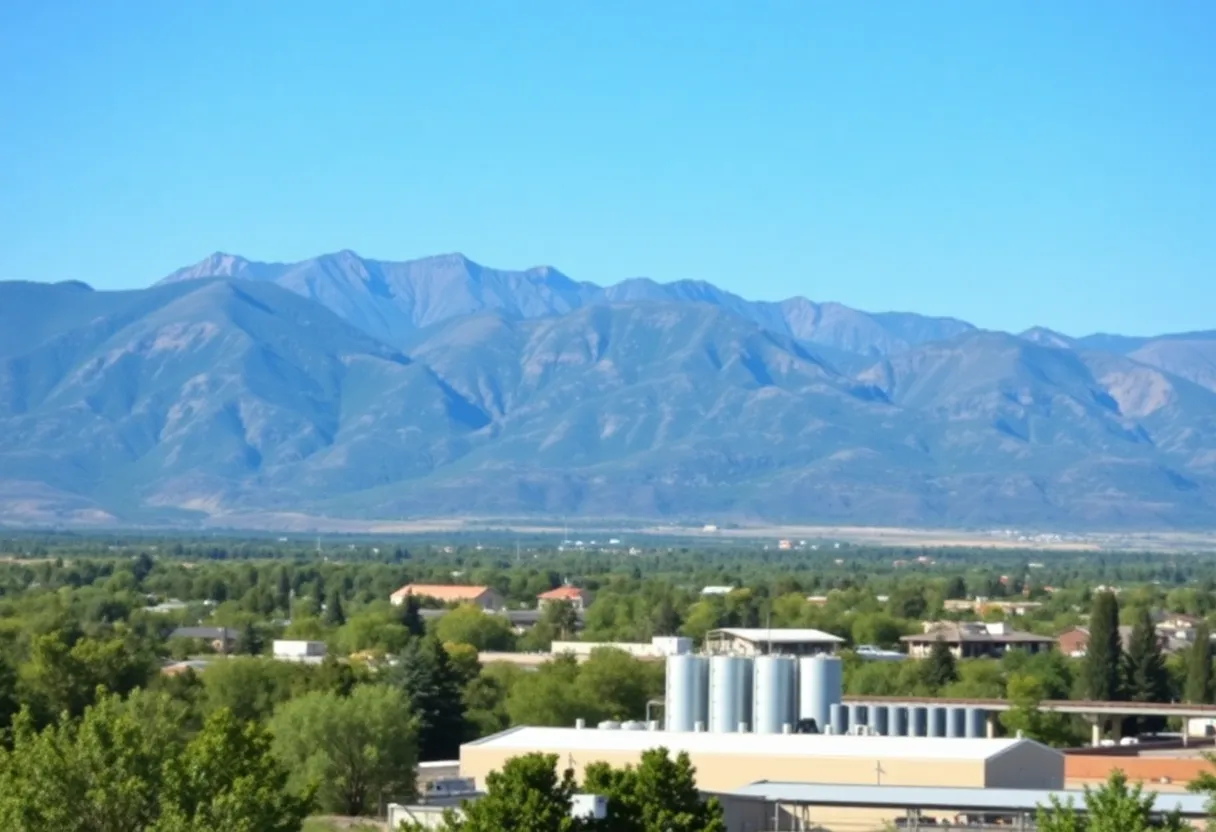News Summary
The EPA has rescinded guidance on air quality standards affecting nonattainment areas in Utah, promoting economic growth while addressing pollution issues. This collaborative effort aims to simplify regulatory processes and reassess Utah’s compliance with ozone standards, emphasizing partnerships between federal and state agencies for a cleaner future.
Fresh Changes for Utah’s Air Quality Rules
In an exciting announcement made during a recent visit to Utah, the Environmental Protection Agency (EPA) has decided to rescind previous guidance regarding air quality standards that affected nonattainment areas. This move is set to make waves in the regulatory landscape as communities aim for better air quality while supporting economic growth.
Goodbye to Overly Burdensome Regulations
The guidance that has been withdrawn focused on Clean Air Act Section 179B Demonstrations, which many states found to be too heavy-handed. Under this previous guidance, states had a daunting task of proving that pollutants from outside their borders were contributing to their air quality problems. This could lead to significant delays in economic projects and even sanctions for local regions grappling with pollution they couldn’t control. Thankfully, this new decision aims to eliminate such burdens.
Streamlining Processes and Economic Growth
By rescinding the guidance, the EPA hopes to streamline regulatory processes across the board. The focus now is on promoting economic growth, which can flourish without the threat of sanctions for issues caused by foreign emissions. This will help Utah—and other affected states—move forward with their economic plans without being hampered by excessive regulatory hurdles.
A Collaborative Approach
As part of the new direction, the EPA is committed to working hand-in-hand with state and local air agencies. Together, they will gather the necessary evidence for regulatory relief under Section 179B of the Clean Air Act. With the guidance gone from the EPA’s website, there should be less confusion regarding air quality standards moving forward. This change aims to create a clearer path for various stakeholders.
Addressing Cross-Border Pollution
This decision comes on the heels of discussions around cross-border pollution, especially following recent conversations in Arizona. Those in attendance highlighted that air pollution doesn’t always stick to borders and often flows from areas with less stringent environmental regulations. The EPA is now focused on tackling these foreign pollution sources responsibly and effectively.
Consideration for Utah’s Ozone Standards
The Bigger Picture
This recent announcement is not an isolated incident, but part of a larger initiative called Powering the Great American Comeback. This initiative emphasizes collaboration between federal and state agencies to achieve environmental goals while keeping regulatory burdens to a minimum.
Community Engagement and Concerns
The topic of air quality has become increasingly important, especially with concerns regarding air pollution from foreign sources. Community leaders and business representatives are eager for effective solutions that do not undermine economic development. Together, there is a shared desire for cleaner air and a healthier environment—something all parties can agree upon.
A Bright Future Ahead
The EPA’s commitment to protecting all Americans from harmful pollution from countries with lax environmental standards continues to drive uplifting changes. With a focus on collaboration and a more flexible regulatory framework, communities can look forward to a future where clear air and economic opportunity go hand in hand. It’s a thrilling time for Utah and other impacted areas as they steer towards cleaner air and greater economic prosperity.
Deeper Dive: News & Info About This Topic
- St. George News
- Deseret News
- Fox 13 Now
- Encyclopedia Britannica: Air Quality
- Deseret News
- Google Search: Utah air quality

Author: STAFF HERE PHOENIX WRITER
The PHOENIX STAFF WRITER represents the experienced team at HEREPhoenix.com, your go-to source for actionable local news and information in Phoenix, Maricopa County, and beyond. Specializing in "news you can use," we cover essential topics like product reviews for personal and business needs, local business directories, politics, real estate trends, neighborhood insights, and state news affecting the area—with deep expertise drawn from years of dedicated reporting and strong community input, including local press releases and business updates. We deliver top reporting on high-value events such as the Waste Management Phoenix Open, Cactus League Spring Training, and Arizona State Fair. Our coverage extends to key organizations like the Greater Phoenix Chamber of Commerce and Visit Phoenix, plus leading businesses in technology and healthcare that power the local economy such as Intel and Banner Health. As part of the broader HERE network, including HERETucson.com, we provide comprehensive, credible insights into Arizona's dynamic landscape.





